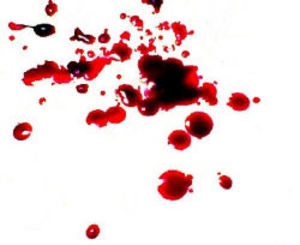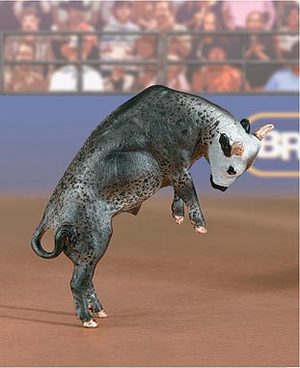When working on a crime scene where blood spatter is in evidence, many things have to be done beginning from recording the scene, taking photographs, determining where the blood came from, from whom and how. One specific point that needs to be considered when doing so is to determine and separate bloodstains that may be caused by high velocity force such as that caused by sneezing. At the same time, if there is not a body present or if the body does not show evidence of blood in the nasal area, a history needs to be taken about the victim and how often or forcibly they may have had a nosebleed.
A basic understanding of blood spatter analysis allows those collecting and preserving blood evidence at the scene knows what to look for. If there are several areas of blood evidence, it is important to note and qualify the movement, location, position of persons or objects, the direction blood was traveling, the type of blood pattern, and from that, derive a sequence of events. Although there are several patterns of bloodstains, such as passive, drip, flow, pool, cast-off, arterial, and back splatter, it is expiratory blood patterns from the nose or nasal wounds that are of most concern if sneezing is involved.
Sneezes may be caused by changes in weather (or atmospheric changes), changes in elevation, exposure to dust, dirt, pollen, insects, other small particle substances (such as pepper or fertilizer), exposure to sudden bright light, or any other physiological change that affects the nasal cavity, nose, mouth, trachea, and bronchial tubes. This may also include blood that may be flowing in any of these areas. A sneeze happens when air is expelled through the nose, usually with an explosive force. It is usually a defensive measure by the body and is controlled by the nasal muscle and several nerves, both inside and outside of the nose, including the olfactory nerves.
When a person sneezes, the air expelled is a spray of mist made up of moisture, mucus, and foreign particles. Whereas coughing creates the mechanism that will clear the lower respiratory passage, a sneeze typically clears the upper respiratory passage. The mucus membrane lining inside the nasal cavity, is lined with small hairs, and if they become irritated by foreign matter, will cause these particles to be moved towards the front of the nose. This irritation may instigate the beginning of a sneeze.
The projectile force of this respiratory air plus anything trapped with it can reach forty miles per hour. This decreases the thoracic space and forces the diaphragm to relax vigorously. This action forces the abdomen to flatten and which presses all thirty plus feet of small intestines inward and up toward the rib cage. This decrease in thoracic space forces the lungs to release collected air in a forcible manner.
Studies have found that the air expelled during a sneeze travels up to 100 miles per hour, and expels as many as 5,000 droplets, which may be propelled up to 12 feet in a single sneeze. This is a speed of more than 100 fps (feet per second), a force similar to a fire hose or pressure washer used to combat a fire or clean machinery. The force of a sneeze is sufficient enough that it clears out any pollen or dirt lodged in the nasal tract, including blood. Blood that has been shed by sneezing is seldom found much further than this because of the high amount of force against such small amounts of material.
Although dripping blood from a nosebleed may appear as Low Velocity Impact Spatter (LVIS) and Medium Velocity Impact Spatter (MVIS) may occur from taking a blow from another person though a fist or blunt object, blood spatter that may be several feet away, called High Velocity Impact Spatter (HVIS), may be found as tiny or very small spots. This pattern often has a mist-like appearance. High velocity patterns are often created by gunshots or explosives, but may also be caused by sneezing.
Many people, including crime scene investigators, do not realize that sneezing can duplicate or imitate high velocity blood spatter that may have occurred due to the use of a gun or another high velocity force action. In fact, in some cases, what may appear to be part of the scene may actually be blood spatter left from another time, or that the injuries have created a situation where sneezing occurred and no gun was involved. In fact, since blood itself cannot be dated if it is dry, it is necessary and extremely important to figure out exactly what is being examined.
Sources:
University of Alabama at Birmingham Health System
Projectile Force Of A Sneeze
Bloodstain pattern analysis
Blood spatter interpretation at crime and accident scenes: a basic approach


